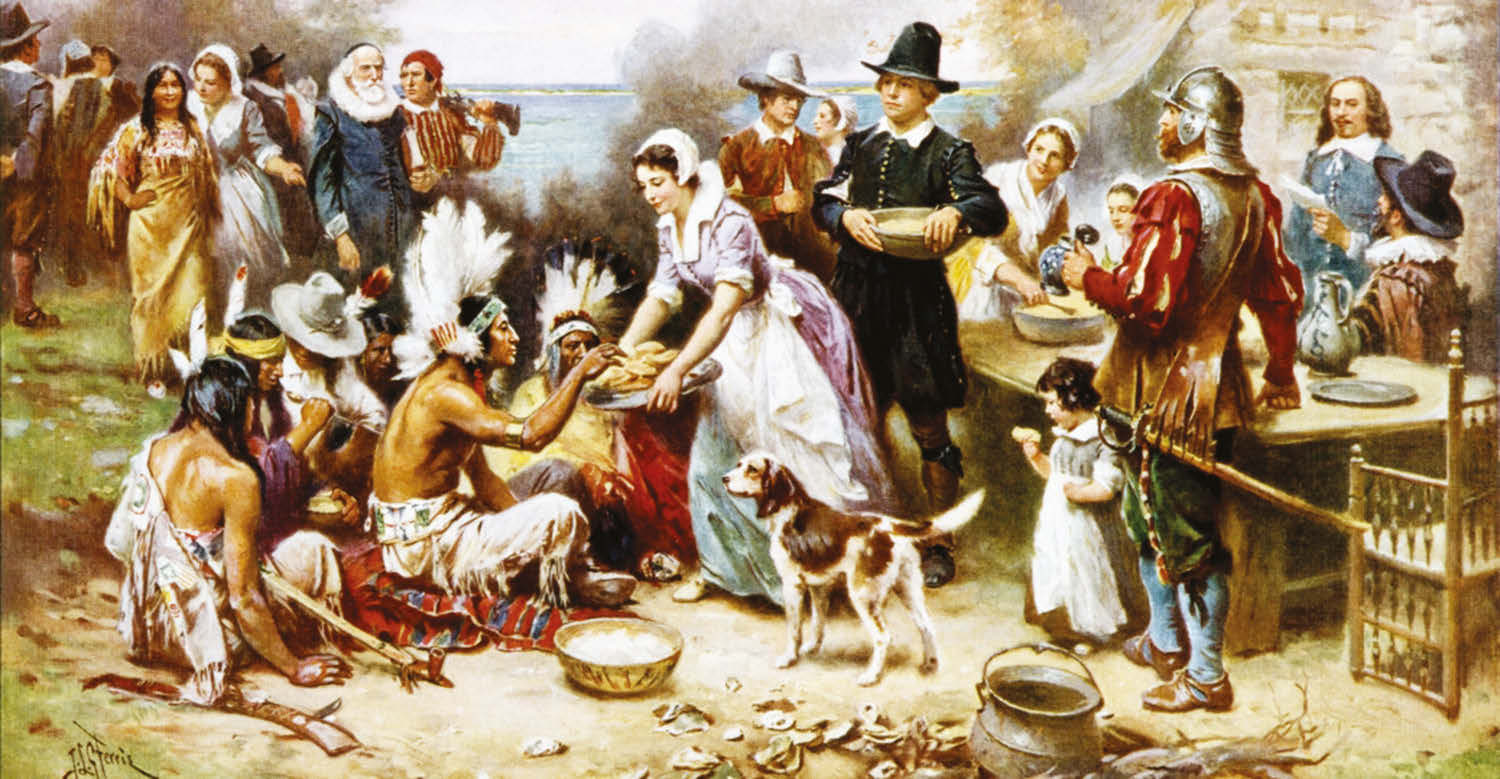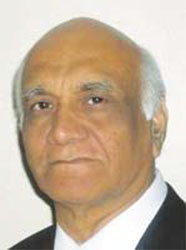
Thanksgiving, one of the biggest festivals in the US and Canada (observed on fourth Thursday of November in US and second Monday of October in Canada), was originally celebrated as a day of giving thanks for the blessing of the harvest and of the preceding year. It has a deep-rooted history of religious and cultural traditionsthat also reflects the foundation of America – a land of immigrants with secular values.
Thanksgiving holiday’s history in North America is rooted in English traditions dating from the Protestant Reformation.In 1621, the Plymouth colonists and Wampanoag Indians shared an autumn harvest feast that is acknowledged today as one of the first Thanksgiving celebrations in the colonies. For more than two centuries, days of thanksgiving were celebrated by individual colonies and states. It wasn’t until 1863, in the midst of the Civil War, that President Abraham Lincoln proclaimed a national Thanksgiving Day to be held each November.
In September 1620, a small ship called the Mayflower left Plymouth, England, carrying 102 passengers-an assortment of religious separatists seeking a new home where they could freely practice their faith and other individuals lured by the promise of prosperity and land ownership in the New World. After a treacherous and uncomfortable crossing that lasted 66 days, they dropped anchor near the tip of Cape Cod, far north of their intended destination at the mouth of the Hudson River. One month later, the Mayflower crossed Massachusetts Bay, where the Pilgrims, as they are now commonly known, began the work of establishing a village at Plymouth.
In November 1621, after the Pilgrims’ first corn harvest proved successful, Governor William Bradford organized a celebratory feast and invited a group of the fledgling colony’s Native American allies, including the Wampanoag chief Massasoit. Now remembered as American’s “first Thanksgiving”-although the Pilgrims themselves may not have used the term at the time-the festival lasted for three days.
During the American Revolution, the Continental Congress designated one or more days of thanksgiving a year, and in 1789 George Washington issued the first Thanksgiving proclamation by the national government of the United States.
In 1817, New York became the first of several states to officially adopt an annual Thanksgiving holiday. In 1863 at the height of the Civil War Abraham Lincoln in a proclamation entreated all Americans to ask God to “commend to his tender care all those who have become widows, orphans, mourners or sufferers in the lamentable civil strife” and to “heal the wounds of the nation.”He scheduled Thanksgiving for the final Thursday in November, and it was celebrated on that day every year until 1939, when Franklin D. Roosevelt moved the holiday up a week in an attempt to spur retail sales during the Great Depression. Roosevelt’s plan, known derisively as Franksgiving, was met with passionate opposition, and in 1941 the president reluctantly signed a bill making Thanksgiving the fourth Thursday in November.

Though the tradition of giving thanks to God is continued today in many forms,in many American households, the Thanksgiving celebration has lost much of its original religious significance; instead, it now centers on cooking and sharing a bountiful meal with family and friends. In the United States, certain kinds of food are traditionally served at Thanksgiving meals.Turkey, a Thanksgiving staple so ubiquitous it has become all but synonymous with the holiday, today nearly 90 percent of Americans eat the bird. Other traditional foods include stuffing, mashed potatoes, cranberry sauce and pumpkin pie.
Thanksgiving is also synonymous with charity. Communities often hold food drives and host free dinners for the less fortunate. Volunteering is a common Thanksgiving Day activity. The Salvation Army enlists volunteers to serve Thanksgiving dinners to hundreds of people in different locales.
Parades have also become an integral part of the holiday in cities and towns across the United States. Presented by Macy’s department store since 1924, New York City’s Thanksgiving Day parade is the largest and most famous, attracting some 2 to 3 million spectators along its 2.5-mile route and drawing an enormous television audience. It typically features marching bands, performers, and elaborate floats conveying various celebrities. The float that traditionally ends the Macy’s Parade is the Santa Claus float, the arrival of which is an unofficial sign of the beginning of the Christmas season.

In modern America, for many, Thanksgiving Day means shopping. The day after Thanksgiving, often called Black Friday, traditionally indicated the beginning of the annual promotional frenzy. With promotional offers and discounts, the big stores used to be flooded with people. But in recent years that picture has changed a lot with increasing popularity of online shopping. Last year more people shop online than in stores on Thanksgiving Day – 41 million vs. 34.6 million. They also favor online shopping on Black Friday: 75.3 million vs. 74.2 million. Online spending increases 25% on Thanksgiving and 14% on Black Friday. In-store spending drops 10% from the previous year.
Keeping its tradition, Thanksgiving reflects the changing face of Today’s America.





Be the first to comment